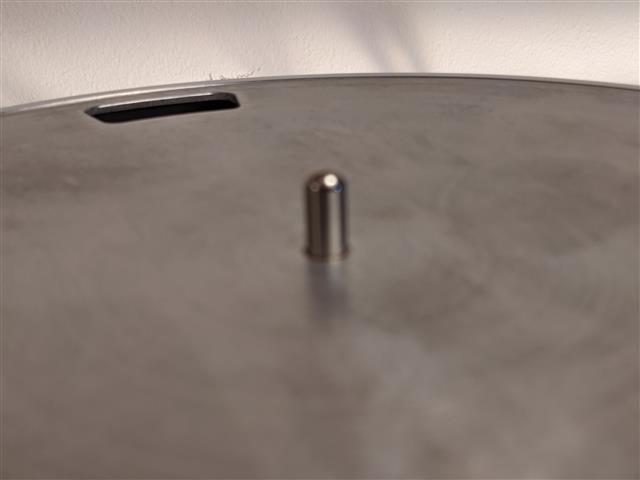Polycarbonate products offer a unique balance of helpful features which include temperature resistance, impact resistance and optical properties position polycarbonates between commodity plastic materials and engineering plastic materials.
Polycarbonate is a very high quality material. Whilst it offers significant impact-resistance, it has reduced scratch-resistance and so a hard coating may be applied to polycarbonate eye protection lenses as well as polycarbonate exterior vehicle equipment. The properties relating to polycarbonate tend to be along the lines of those of polymethyl methacrylate (PMMA, acrylic), although polycarbonate is always stronger, it is usable in a wider temperature range and is a bit more expensive. This plastic polymer is highly transparent to visible light and it has better light transmission characteristics than many kinds of glass.
Polycarbonate has a glass transition temperature of approximately 150 °C (302 °F), consequently it softens slowly above this point and flows above about 300°C (572 °F). Tools must be held at higher temperatures, generally above 80 °C (176 °F) in order to make strain- and reduced stress products.
Unlike many thermoplastics, polycarbonate can undergo dramatic shape changes without breaking. For that reason, it could be processed and formed without needing to be heated using standard sheet metal techniques, such as forming bends with a brake. Even for sharp angle bends having a tight radius, no heating is generally necessary. This makes it attractive prototyping applications where transparent or electrically non-conductive parts are required, which cannot be produced from sheet metal. Remember that PMMA/Plexiglas, that is certainly similar in appearance to polycarbonate, but is brittle and cannot be bent unless it is heated.
Polycarbonate is commonly found in eye protection, along with other projectile-resistant see through applications that would normally be thought of as requiring the use of glass, but require greater impact-resistance. Several types of lenses are created from polycarbonate, including automotive headlamp lenses, lighting lenses, sunglass/eyeglass lenses, swimming and SCUBA goggles, and safety glasses for use in sporting helmets/masks and police riot gear. Windscreens in small motorized vehicles are typically made up of polycarbonate, such as for motorcycles, ATVs, golf carts, and small planes and helicopters.
Lexan Polycarbonate Sheeting are clear and tough

Featured Image by: CTSWebEngine
